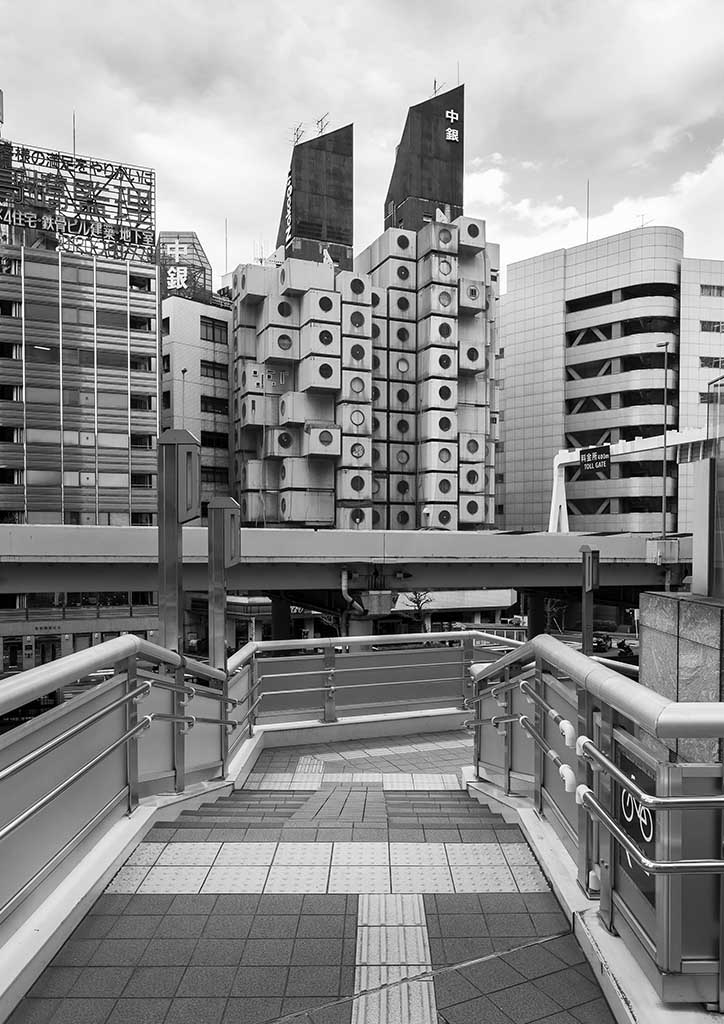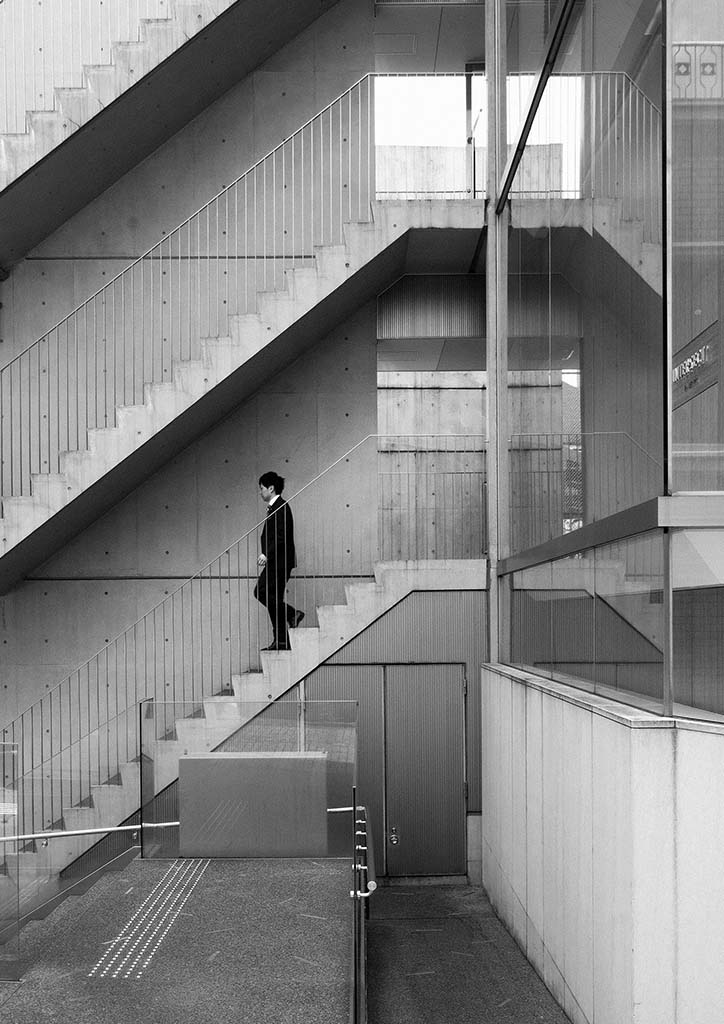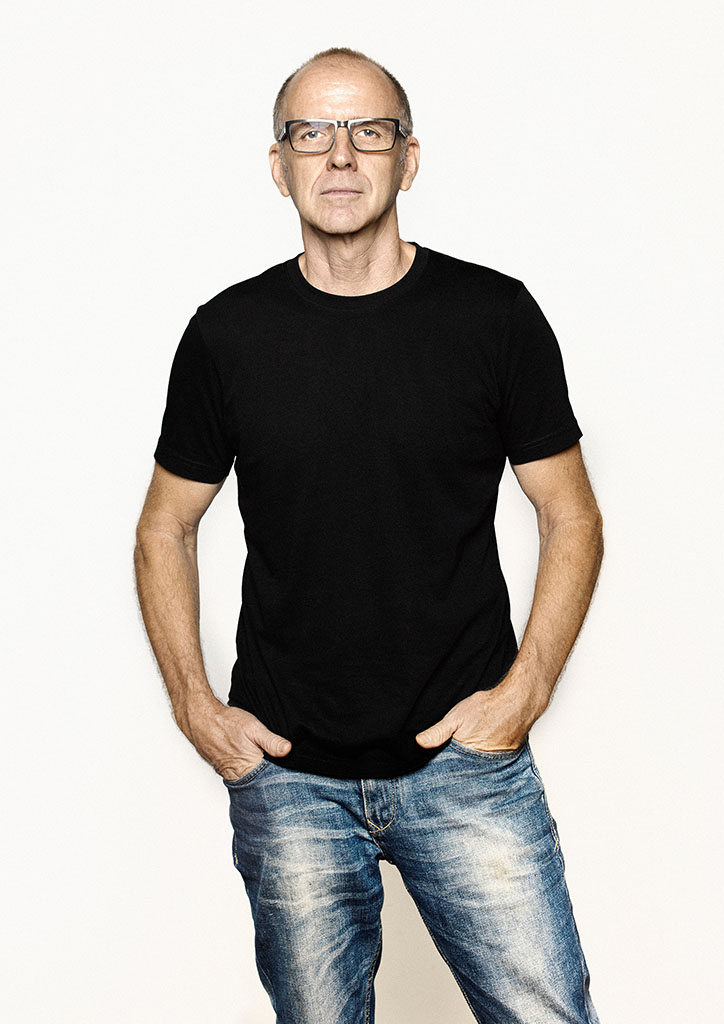
Tom Epperson on what it takes to succeed in the business of architectural photography
It is difficult to separate Manila-based photographer Tom Epperson from his distinguished photography career, but there was a time when his area of expertise actually laid in the realm of moving images, having spent 14 fruitful years in the animation industry, starting with a cameraman stint in Hanna Barbera. All that came to a head when Epperson chanced upon an article on French-born photojournalist and war photographer Catherine Leroy of Vietnam War fame which so affected him, effectively triggering the start of his professional photography career. His eponymous studio, Tom Epperson Photography, has now become synonymous with high-caliber photography both locally and internationally, and whose area of expertise spans portraiture, food, travel, and architecture. The clamor for his services ensured a steady stream of commissions that eventually led him to enlist the assistance of photographer Jaime Rapi, Jr., who served as his assistant for a period of almost 7 years. This working relationship eventually led into a mentor-protégé bond between the old guard and the new blood. Epperson has come to rely on the reliable assistance and growing artistic voice of his charge. In this interview, we bring the two together to discuss a subject that they both hold with great fascination: architectural photography.
Let’s talk first about how you fell in love with capturing images. What got you into photography? A close friend of mine introduced me to photography when I was 17. Although I had one of those 120mm cheap plastic cameras that only shoot with one shutter speed and one f-stop as young as 12, it wasn’t until I first stepped inside a darkroom that I got hooked. I found the entire process of working in the darkroom mesmerizing. From the mystery of the image that will come out to the science of developing your negatives, that tiny room filled with red-colored lights felt like a magical place. So I enrolled in a basic photography night class at our local college. I learned so much from how to properly hold a camera to visualize the final print.
And while you get commissions from various photography genres, you’ve found renown for photographing spaces. What fascinates you about capturing architecture? Since I was a kid I’ve always had this fascination with architecture, and I have a feeling I secretly wanted to be an architect. Isn’t it funny? That being said, I like shooting buildings because they’re always on time, they’re extremely professional, and they never complain.
What do you look for in buildings that you photograph? I always try to put myself in the architect’s shoes whenever I photograph a building. Trying to decipher his point of view and why he designed it the way he did is my usual starting point. I always ask myself if there are graphic elements the architect wants to highlight, what are they? If there are specific design features that become more pronounced at certain times of the day, what are they? I try to capture those first and go from there.

What things does one need to take note of to create great architectural imagery? I would say keep it simple. Follow the different composition techniques like the rule of thirds, but don’t be afraid to break them when deemed necessary. Observing the building throughout the day is also ideal in order for you to see which time of the day is most flattering for your preferred angles. You’d be surprised how different the building can look throughout the day. And please, keep your equipment to a minimum.
In relation to the previous question, what for you makes great architectural photography? What are the characteristics of a pleasing architectural image? I think it has a lot to do with space and how you fill that space. It’s similar to music, actually. It’s the spaces you leave in between the notes that make a song sing.
You’ve had your share of architectural subjects but what is your favorite building that you photographed? When Ayala Tower One was first built I thought it was one of the most unique buildings in Makati. I was such in awe that I took it upon myself to do a shot of the building with my 4×5 camera at my own expense. I asked for permission from the owners and showed them what I shot days after. They liked it so much that they sent a copy to the architects, which led to them hiring me to document ADB in Mandaluyong City.
How has architectural photography affected your appreciation and perception of architecture? The funny thing is I was already interested in architecture when I was young. I followed the works of famous architects in the US at that time. I liked nitpicking their brains, trying to figure out what inspired them to design such a structure. I was recently in Japan and I really went out of my way to have a look at the Nakagin Capsule Tower by Kisho Kurosawa. I was fascinated by how it resembled stacked washing machines. Structures like that speak to me in terms of design, and it’s sad when they tear down architectural marvels like that.

Can you give us a brief glimpse into your process for photographing buildings? If I have the opportunity I always opt to visit the location in advance in order to familiarize myself with the building and the way the light falls on it at different times of the day. I also meet with the architect or the client so I could get an idea as to what they are expecting with the final output. I think this is crucial because there are times when architects would ask for very specific angles documented that even I wouldn’t have noticed. I always bring a camera with me so I can predetermine the framing and the lighting, which helps me prepare the equipment I will need for the shoot.
We now live in an age where smartphone photography has reached new levels of quality and versatility; Is the imaging device used to capture an architectural photograph still a big issue? Why or why don’t you think so? That’s a good question. Phones are okay if you’re using the images for personal use, but in my mind, that’s where it ends. If you’re after amazing quality for professional use, mobile phones aren’t there yet because there’s obviously still a very huge gap. What mobile phones have done though, is make photography accessible to just about anyone.
What are your go-to devices for shoots? With today’s technology, you can get great images with any decent camera, but if I had a preference, I prefer a medium format technical camera. I currently use a medium format camera for shoots, so that’s already 1/2 of my ideal setup. The detail you get from a medium format is incredible, and it has a distinct 3D look that you cannot achieve with smaller formats.
What approaches or treatments do you usually go for when shooting architecture? I love to shoot architecture in black and white. I find that color sometimes deflects the attention to the graphic elements of the building. Whereas in black and white, it breaks down the design into shapes and forms, with light playing a huge role.
Craziest thing you’ve done for that ‘one’ angle? I once climbed a coconut tree to get the best possible vantage point of a resort. I was so keen on shooting from that angle that I didn’t think about how much a coconut tree sways in the wind when you’re at the top, and how many fire ants crawl there. Bottom line is I was able to take the shot I wanted, at the cost of several ant bites. I wish consumer drones were already invented then. That shot would’ve been so much easier.

Can you let us in on how much post-processing is done in your architectural images? I rarely do elaborate post-processing work on my architectural images. I almost always just fix the color or adjust the curves. The most work I do is probably remove a person who accidentally walked into frame and they do not help the overall look of the image.
Is there a memorable anecdote you can share while on a shoot? Once on a shoot, a man came up to me and asked, “Who gave you the authority to shoot within this building?” It seemed like I needed his permission before I can shoot. So I told him the architects were my client so he would leave me alone, but then he said, “I would have to check with them.” Annoyed, I told him there was no need for that as the architects from the US were with me. They really were beside me. You should’ve seen his face!
For photographers wanting to venture into the realm of architectural photography, what skills or traits does one need to hone in order to capture memorable spatial images? Try to develop an eye for detail, because it’s an essential skill in shooting architecture. Be on time, and be honest with your abilities. Learn when to say no, and never be afraid to ask questions or give your creative opinion.
How do you unwind and relax? In my spare time, I would document the lives of my two children, just like any father would. I did that with my eldest daughter and I am now doing it with my youngest son. I also shoot for myself whenever I find the time. I currently have three on-going personal projects which involve babies, selfies, and vaping.
Visit Tom Epperson’s photography at tomeppersonphotography.com
This article first appeared in BluPrint Special Issue 1 2018. Edits were made for BluPrint online.
READ MORE: Architectural photographers we’re now following online (part 1)


